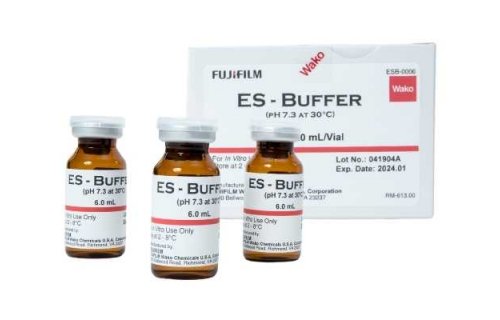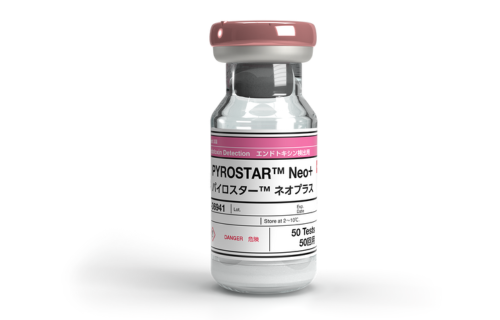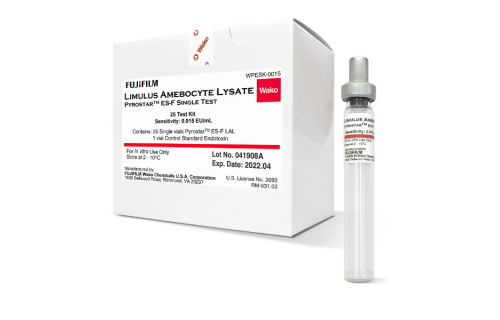Converting from one reagent to another
Delivery of reproducible and accurate data is a prerequisite for the successful operation of any laboratory. To achieve this goal, laboratories generally establish detailed experimental protocols with consistent use of reagents and instruments. However, a change of a reagent may become necessary due to its discontinuation, high cost, or limited access, or because a new, more suitable reagent has become available on the market. Unfortunately, such reagent conversion may lead to data variability. In addition, even different lots of the same reagent may cause variability of the results.1 What steps can a laboratory take to ensure that converting from one reagent to another will not negatively affect the quality and reliability of the acquired data?
Careful evaluation of the manufacturer’s instructions
A new reagent may require modifications of any of the steps involved in its use. For example, there may be changes in the instructions regarding its reconstitution, handling, storage, or experimental procedures. Thus, it is important to carefully review the manufacturer’s instructions for replacement reagents and to ensure that all required modifications are implemented appropriately.
Use of standards and cross-over studies to evaluate the performance of new reagents
Before the first use of a new reagent or reagent lot, it is recommended to compare its performance to the reagent you are replacing. The exact design and extent of control experiments depend on the type of the replaced reagent and the purpose of its planned use (research or diagnostic). Cross-over studies are widely employed to compare the performance of a new lot or reagent to the previously used one.2 Standard controls can also be included not only to ascertain the quality of new reagents and lots but also to monitor the performance of an assay on a regular basis.
Reagent classes posing special challenges in terms of their conversion
Conversion to a new reagent is especially challenging for certain reagent classes, such as antibodies.3 The design and manufacture of antibodies is a complex process involving the identification of a reliable sequence of interest, high-degree purification, and specificity determination. Therefore, the performance of new antibodies should be ensured by using appropriate positive and negative controls and by selecting the optimal experimental conditions. Cell lines also pose special challenges because their performance depends on their passage number and culture conditions. In addition, a genetic drift, poor handling, or contamination may compromise the experimental performance of cell cultures.
How to handle inconsistent findings after a reagent conversion
If the replacement of a reagent leads to inconsistent or unreliable data, troubleshooting should address multiple potential issues. The support of the manufacturer is crucial in order to resolve problems related to the reagent itself. Most manufacturers provide both detailed online resources and in-person support if requested by investigators. In addition, instruments should be maintained well and serviced regularly to ensure they do not contribute to experimental problems. Finally, the possibility of a handling error should be considered, and proper personnel training and feedback should be provided.
Literature sources:
- Thompson S, Chesher D. Lot-to-Lot Variation. The Clinical Biochemist Reviews 2018;39(2):51-60.
- Clinical Lab Products. Available at: https://clpmag.com/lab-essentials/quality-systems/what-is-an-appropriate-crossover-study-for-a-new-lot-of-qc-for-a-test-that-we-don-t-run-every-day-if-we-aren-t-running-tests-every-day/
- Tay A. How to Make Your Antibodies Work for Your Lab. Lab Manager. Jan 28, 2022.






